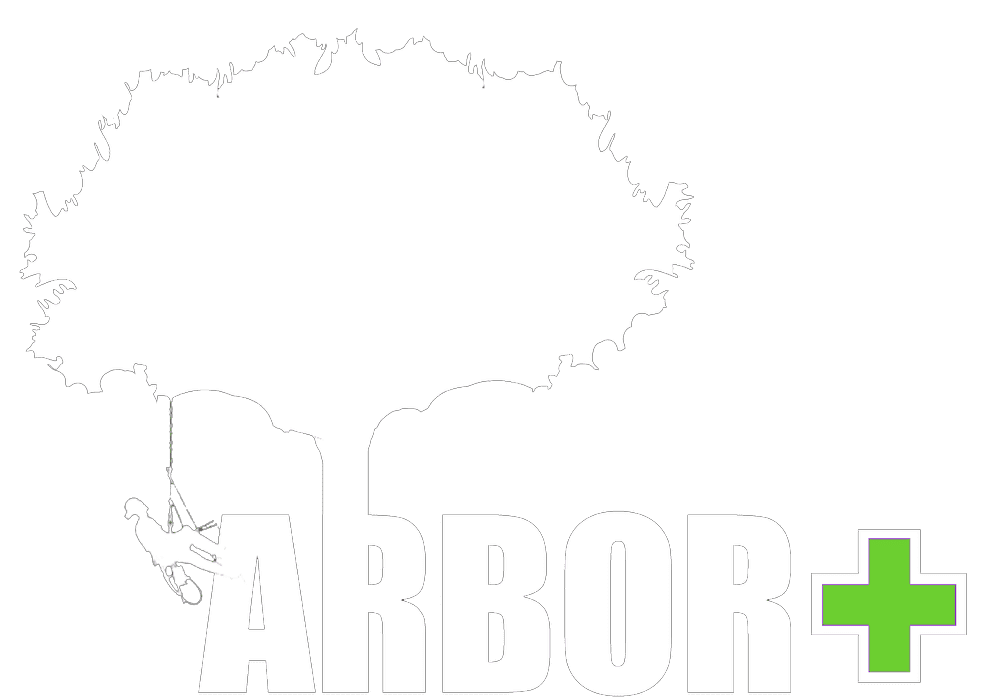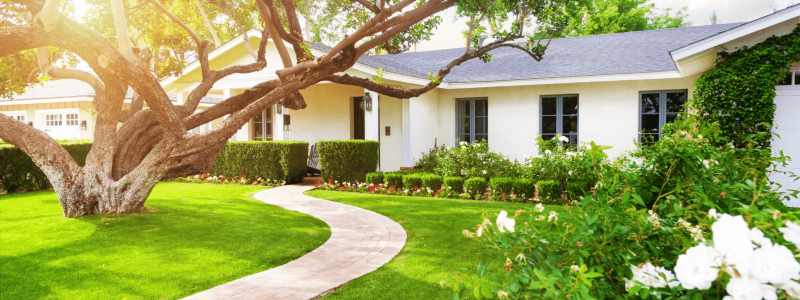Utah homeowners are no strangers to the challenges of choosing landscaping like trees and plants that thrive in our dry, arid climate. We know that with a bit of planning and knowledge, it’s possible to create a beautiful, sustainable yard that thrives in Utah’s unique environment.
Read below as we explore the best plants and trees to grow in Utah, and how to protect them from weather, pests and diseases.
What are the best plants and trees to grow in Utah’s climate?
Utah’s climate ranges from arid deserts in the south to alpine forests in the north, so choosing the right plants and trees for your yard can be a challenge. Some of the best plants and trees that thrive in Utah’s environment include juniper, sagebrush, spruce, and crabapple trees. Taller grasses, like switchgrass, Indian ricegrass, and blue grama, are also ideal for Utah’s climate. When it comes to flowering plants, choose native species like penstemon, columbine, and lupine.
How can you design your landscaping to complement Utah’s natural surroundings?
One of the best ways to achieve a natural-looking, sustainable design for your backyard is to work with the existing environment (consider the natural features like rocks, boulders, and native plants), and choose native trees and plants to enhance the appeal of your outdoor space.
What are some ways to conserve water while maintaining a beautiful landscape in Utah’s arid climate?
Water conservation is a top priority for Utah homeowners, especially during the dry summer months. Some tips to help you conserve water include using drought-tolerant plants, mulching your gardens to reduce evaporation, and watering your trees early in the morning or late in the evening when the sun is not as strong. Installing a drip irrigation system can also help you save water while keeping your plants and trees healthy.
How can you protect your trees and plants from Utah’s harsh winter weather?
Utah winters can be cold and harsh, so it’s important to take steps to protect your trees and plants from winter damage. One of the best things you can do is to choose hardy, cold-tolerant plants and trees like Blue Spruce, Juniper, Pine and Holly that can withstand Utah’s freezing temperatures. You can also use a protective cover like burlap to protect your more delicate plants from frost and cold winds.
What are some common pests and diseases that can affect Utah plants and trees, and how can you prevent or treat them?
Trees and plants in Utah are vulnerable to pests and diseases. Some of the most common problems you may encounter include spider mites, aphids, powdery mildew, and black spot. To prevent these issues, make sure your plants are healthy and well-cared for, and keep an eye out for signs of damage. If you do notice a problem, there are a variety of organic and chemical treatments available to help combat these issues, get in touch with us to learn more.
How can you create a low-maintenance landscape in Utah that looks beautiful year-round?
Creating a low-maintenance landscape in Utah that still looks beautiful year-round can be achieved by selecting native and drought-resistant plants and trees that thrive in our state’s arid climate.
Adding hardscaping elements like gravel or stone pathways, raised garden beds, and retaining walls can also reduce the need for watering and weeding. Incorporating elements such as outdoor lighting, water features, and sculptures can add visual interest and enhance the overall appearance. Proper mulching and regular pruning can also help to maintain a tidy and attractive outdoor space with minimal effort.
What are some ways to incorporate sustainable practices into your Utah outdoor space?
- Use native plants and trees: Native plants and trees are adapted to the local climate and require less water, fertilizer, and overall maintenance.
- Plant drought-resistant species: Selecting plants and trees that can withstand long periods of drought or require minimal watering can save water resources and reduce costs.
- Install drip irrigation: Drip irrigation delivers water directly to the roots, minimizing evaporation and runoff, which can lead to significant water savings.
- Use compost: Composting yard waste can create a natural fertilizer that improves soil health and reduces the need for chemical fertilizers.
- Incorporate permeable surfaces: Permeable surfaces like gravel or pervious concrete allow rainwater to seep into the ground, reducing runoff and the amount of water that flows into storm drains.
With these sustainable practices, you can create a beautiful and environmentally-friendly outdoor space that requires less maintenance and reduces your impact on the planet.
What are some outdoor tree and plant trends that are popular in Utah?
- Xeriscaping: Xeriscaping is gaining popularity in Utah as it is a low-water landscaping alternative that uses plants and trees that can survive in arid climates like ours.
- Outdoor living spaces: Utah homeowners are investing in creating outdoor living spaces such as patios, decks, outdoor kitchens, and lounge areas to enjoy the mild weather during summer and fall.
- Water features: Water features such as fountains, ponds, and waterfalls are popular in Utah landscaping to add visual interest and provide a calming ambiance.
- Natural elements: Using natural elements like stones, boulders, and wood to create paths, benches, and retaining walls is a trend that is gaining popularity in Utah. Placed around trees and large plants, these enhance the visual appeal of your outdoor space.
- Outdoor lighting: Adding lighting to enhance the aesthetics of landscapes is a trend that is popular in Utah, with homeowners using a variety of lighting options from path lights to string lights.
These popular landscaping trends will help you create an outdoor space that is not only beautiful but also practical and functional for your lifestyle.
How can you work with professionals at ArborPlus to create the perfect outdoor space for your Utah home?
Working with a professional arborist to create the perfect outdoor space for your Utah home involves the following steps:
- Determine your needs and goals: Meet with the arborist to discuss your needs, goals, and budget for the project. Our team will ask questions to understand your preferences, lifestyle, and what you want to achieve with your outdoor space.
- Site analysis: We will visit your property to conduct a site analysis to determine the topography, soil, drainage, sun exposure, and other factors that could impact the design and choice of tree and plants for your outdoor space.
- Design phase: Based on your needs and the site analysis, we will develop a plan or design that meets your requirements. The design may include elements such as hardscaping, plant selection, lighting, water features, and more.
- Budget and timeline: We will provide you with a detailed cost estimate for the project, including materials and labor costs. They will also give you an estimated timeline for the project completion.
- Installation: Once you approve the design and budget, our team will begin the installation process. They will coordinate with other professionals, if necessary, to complete the project on time and within budget.
- Maintenance: After the project is completed, ArborPlus can provide maintenance and health services for your plants and trees to ensure that your outdoor space remains healthy and beautiful for years to come.
Whether you’re adding new trees and plants to your outdoor space or maintaining existing ones, consider incorporating native plants and natural elements to achieve a cohesive, well-designed look. And don’t forget to take steps to conserve water and take steps to prevent pests and diseases.
By working with the licensed, professional, and courteous experts at ArborPlus, you can create a beautiful and functional outdoor space that enhances the value of your home and meets your needs and lifestyle.

